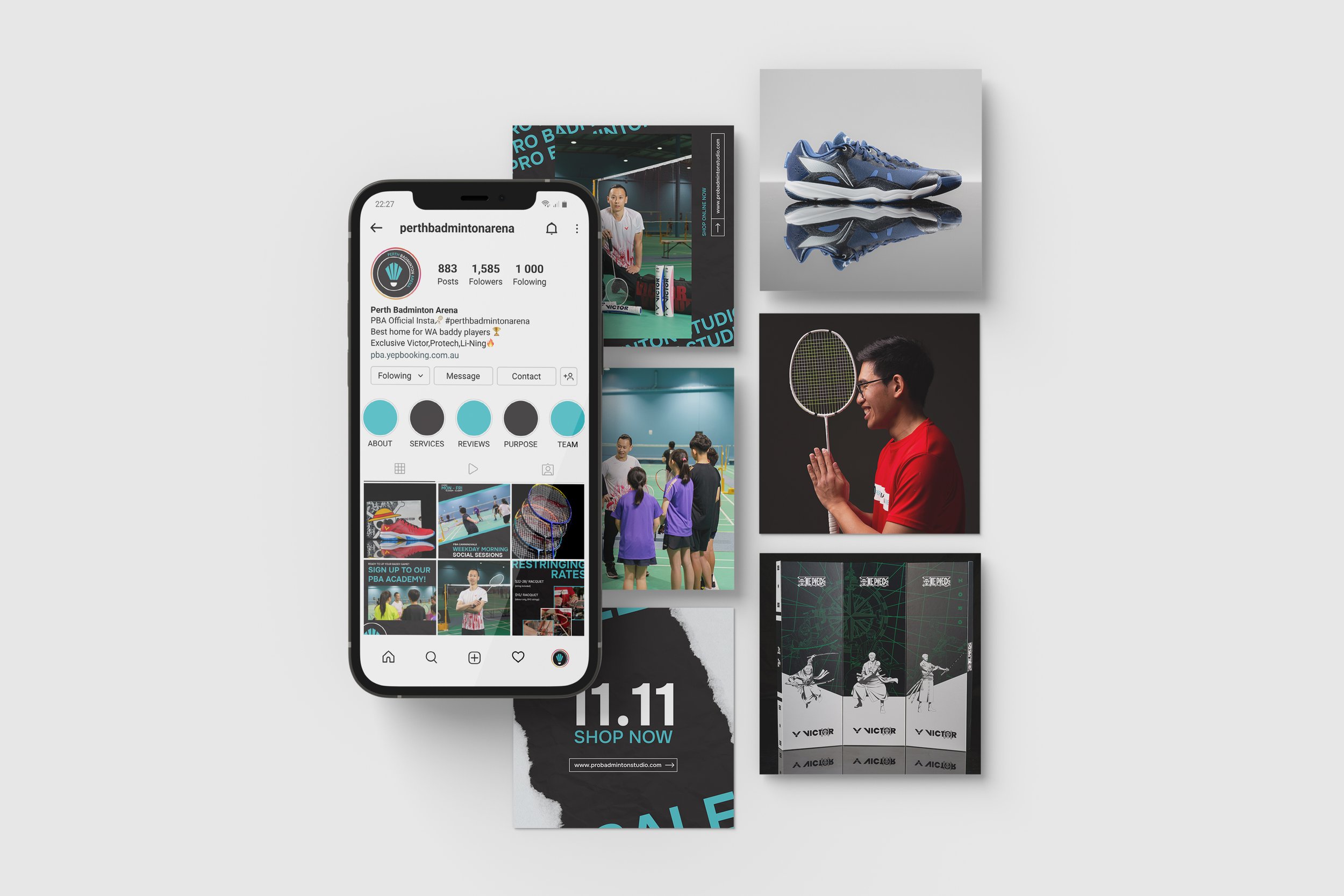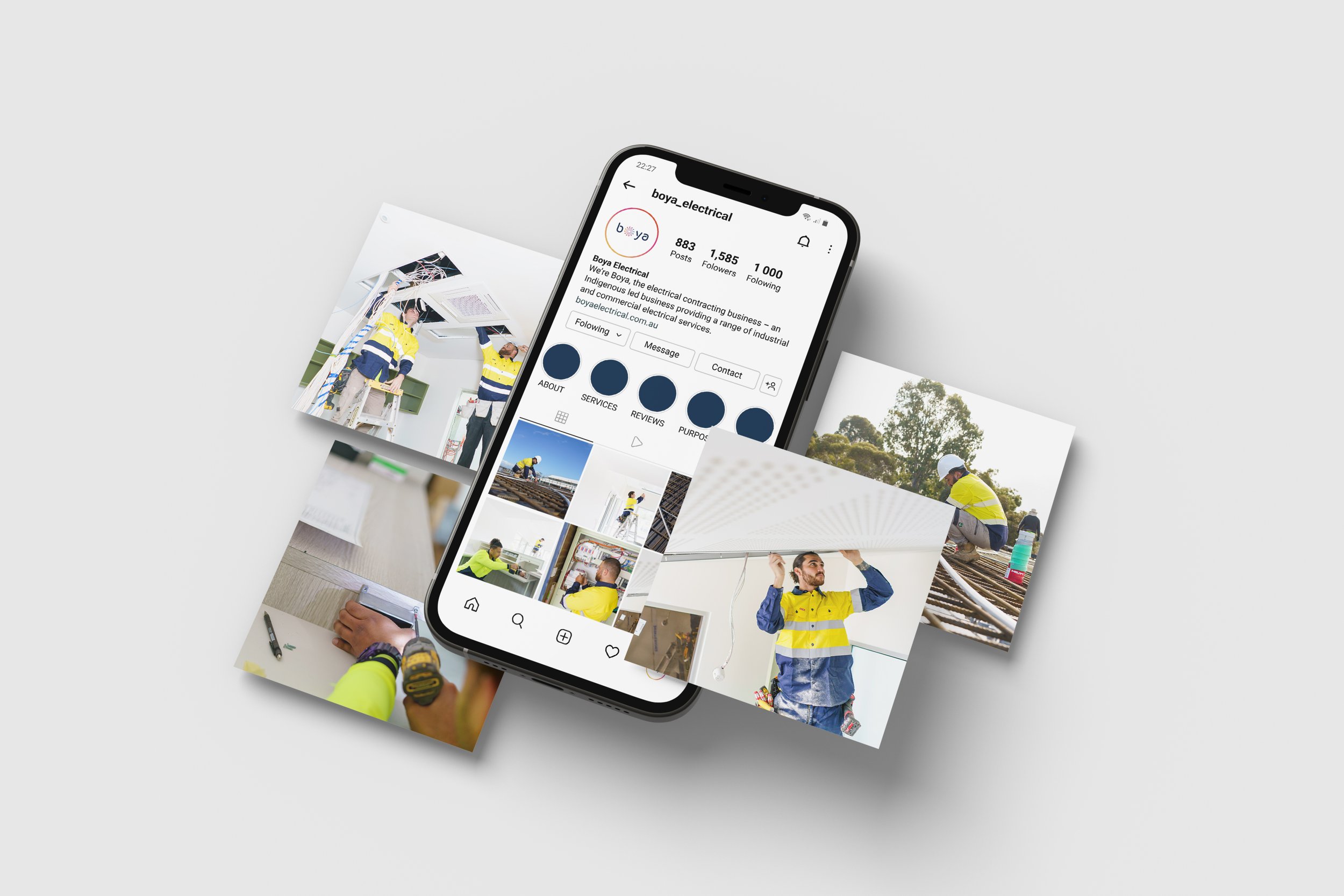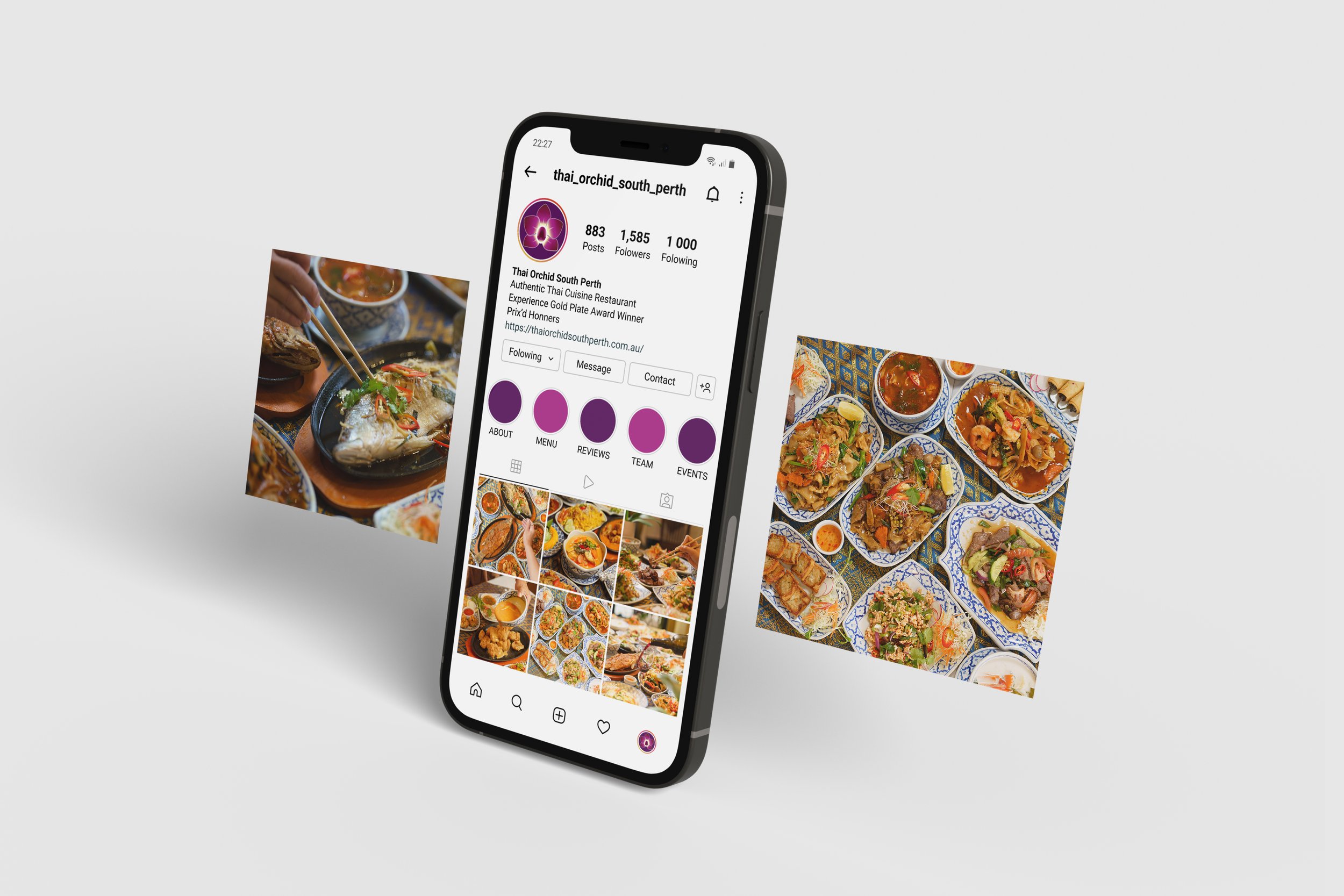VISUAL BRANDING IN 2024: TRENDS & STRATEGIES
In the perpetually shifting landscape of business and marketing, visual branding remains a pivotal factor in capturing audience attention and establishing a robust brand identity. With the arrival of 2024, it's imperative for businesses to proactively adopt the latest visual branding trends in photography and videography. This blog explores these emerging trends and outlines how businesses can effectively employ them to craft a resilient visual identity.
Visual branding encompasses the visual elements that define a company's identity, including its logo, colour palette, typography, imagery, and videos. It's what sets a brand apart and leaves a lasting impression on customers. First impressions count more than ever now and businesses must pay close attention to their visual branding strategies.
Visual Branding Trends for 2024
Authenticity and Realness: Authenticity is the cornerstone of modern visual branding. Consumers crave genuine connections with brands. In 2024, businesses should focus on capturing real moments and emotions in their visuals. Candid photography and unscripted videos that reflect the human side of a brand resonate deeply with audiences and provides the opportunity for audiences to form a more personal connection with businesses.
Sustainability and Eco-conscious Imagery: As sustainability becomes a central concern for consumers, businesses can leverage eco-conscious visuals to convey their commitment to environmental responsibility. Showcase eco-friendly practices, such as sustainable packaging or carbon-neutral initiatives, through photography and videos.
Companies focusing on sustainability may be seen as more expensive and inconvenient but through the right engagement and strategy, it is more than possible to reach the right target audience. This can be seen through recent advertisements by brands such as Who Gives A Crap, an eco-friendly bamboo toilet roll company based in the United States, that has partnered up with Tiktok star Angelo Marasigan to promote their products through his unique one-of-a-kind impersonations. With over 200k likes, it is clear that their marketing approach is receiving lots of attention and in the words of a marketer, any publicity is good publicity.
Immersive Experiences with AR and VR: Augmented Reality (AR) and Virtual Reality (VR) technologies are transforming visual branding. Brands can create immersive experiences for customers through interactive AR apps and 360-degree VR videos. These technologies offer unique ways to engage and captivate audiences. Brands such as Sephora and Yves Saint-Laurent have already started to integrate VR technology into their websites, allowing consumers to try on their products such as makeup, providing the consumers with a better user experience.
Minimalism and Simplicity: The "less is more" philosophy continues to influence visual branding. Minimalistic designs with clean lines, simple colour schemes, and uncluttered visuals convey a sense of sophistication and elegance whilst also promoting professionalism and modernity. However, the choice between minimalism and maximalism largely depends on the target audience, industry, and branding goals. Some websites may strike a balance between these two design philosophies so businesses should consider the various factors associated before reaching a conclusion on visual branding for their branding materials.
Inclusive Imagery: Inclusivity is not just a trend; it's a necessity in today's diverse world. Brands should prioritise inclusivity in their visual content, representing people of different backgrounds, ages, genders, and abilities. 57% of consumers are more loyal to brands that consistently commit to addressing social inequities in their actions. Facebook found that online campaigns with more diverse representation had higher ad recall in 90% of the simulations they ran, an indication of how important and significant inclusivity is perceived in this current day and age.
Strategies for Leveraging Visual Branding Trends
Now that we've explored the latest visual branding trends for 2024, let's discuss strategies for businesses to effectively leverage these trends and create a strong visual identity:
Know Your Audience: Understanding your target audience is the first step. Each target audience is different and thus content created for each audience is unique and tailored to resonate with their preferences, values, and aspirations.
Consistency Across Platforms: Ensure consistency across all marketing platforms, from your website to physical marketing materials. Consistency not only builds recognition and trust but also creates brand recognition and an aesthetically pleasing brand visual.
Storytelling Through Visuals: Use photography and videography to tell compelling brand stories. Highlight your brand's journey, values, and the people behind it. Storytelling creates an emotional connection with your audience.
Professional Quality: Invest in professional photographers and videographers who can bring your vision to life. High-quality visuals convey professionalism and attention to detail.
Stay Agile: Visual trends may evolve quickly. Be prepared to adapt your branding strategy to stay relevant and appeal to changing consumer preferences.
Feedback and Analytics: Collect feedback from your audience and analyse the performance of your visual content. Use data to refine your strategy and improve over time.
In conclusion, visual branding in 2024 is all about authenticity, sustainability, inclusivity, and innovation. By embracing these trends and implementing effective strategies, businesses can create a strong visual identity that resonates with their audience, sets them apart from competitors, and drives success in the digital age. Remember, your visuals are your brand's silent ambassador – make them speak volumes.








